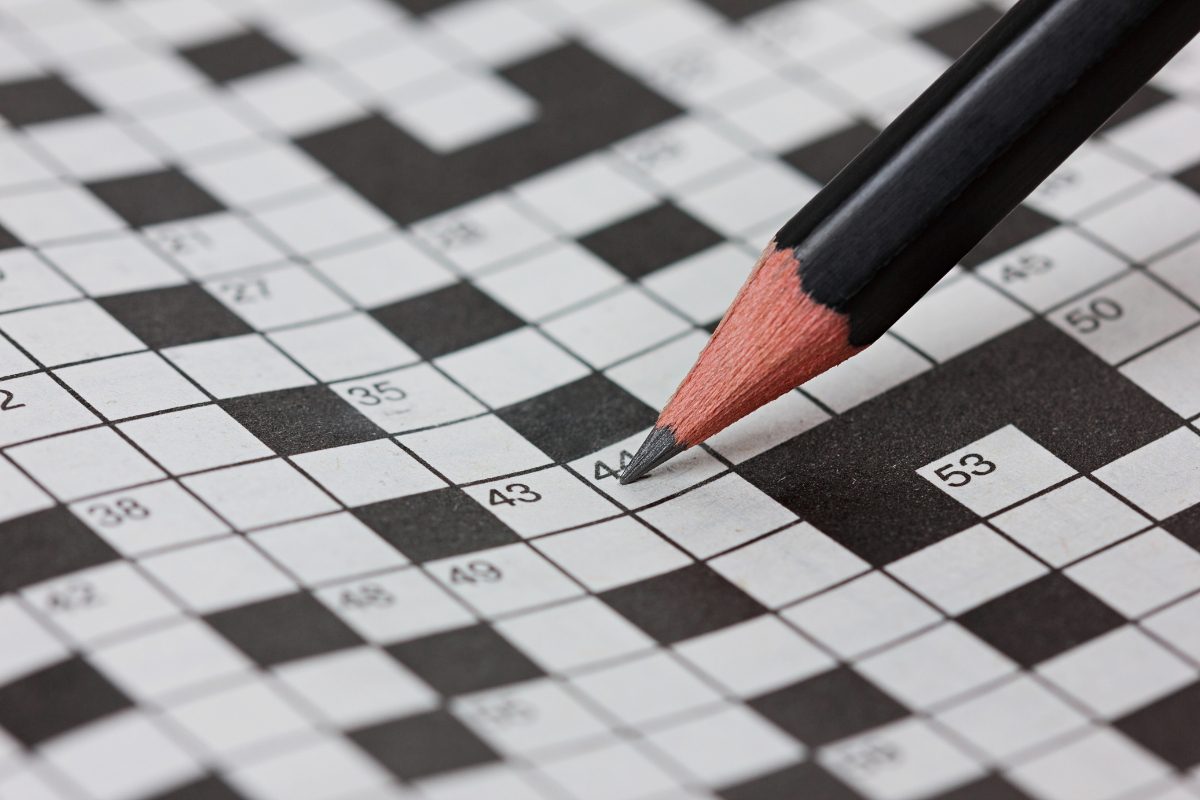The New York Times Sunday crossword reached new heights of innovation as puzzle constructor Jeffrey Martinovic unveiled “I Think Knot,” a groundbreaking creation featuring intricate mirror symmetry and intertwined string patterns that debuted on January 12, 2025.
The puzzle introduces a revolutionary approach to crossword design, incorporating distinct groups of circled letters representing different types of strings – including yarn, rope, and traditional string – all carefully woven into a visually striking grid pattern that challenges conventional solving techniques.
Martinovic’s design has garnered significant praise from the crossword community for its sophisticated implementation of mirror symmetry, creating a puzzle that is both visually appealing and intellectually stimulating. The innovative layout requires solvers to think deeply about how various string elements interact within the grid.
Notable clues showcase the puzzle’s creative wordplay, with entries like “MUST READS” and “GROWTH RING” demonstrating the intricate intersection of string and thread elements. The construction particularly shines in longer entries such as “QUEEN OF CARNIVAL,” where the intertwining of yarn and cable creates multiple layers of solving complexity.
The puzzle’s release coincides with growing interest in craft-related entertainment, this timing has helped broaden the puzzle’s appeal beyond traditional crossword enthusiasts. The crossword community has rallied around this release, with social media channels buzzing with solver discussions.
Expert constructors have noted the technical achievement in maintaining theme consistency while adhering to strict mirror symmetry rules. The placement of the three ‘knots’ following mirror symmetry, combined with substantial down entries, creates an exceptional solving experience.
Some entries presented unique challenges, such as the clue for “Oxford institution,” which cleverly referenced Ole Miss (the University of Mississippi) rather than the expected English university. These misdirections add an extra layer of complexity that has delighted experienced solvers.
Looking ahead, Martinovic’s innovative approach is expected to influence future puzzle construction techniques, potentially inspiring a new wave of visually-oriented themes in crossword design. The puzzle’s success demonstrates the continuing evolution of crosswords as both an art form and intellectual challenge.
The impact of this puzzle extends beyond entertainment, showcasing how modern crossword construction can combine traditional elements with innovative design to create engaging new solving experiences for the crossword community.
News Source: https://www.nytimes.com/2025/01/11/crosswords/daily-puzzle-2025-01-12.html

